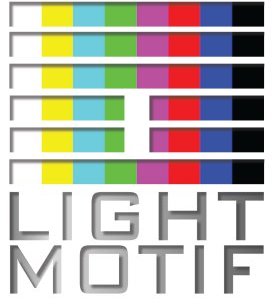Another now obsolete broadcast format.
The original Betacam format was launched in August 7, 1982. It is an component video format, storing the luminance, "Y", in one track and the chrominance, on another as alternating segments of the R-Y and B-Y components performing Compressed Time Division Multiplex, or CTDM. This splitting of channels allows true broadcast quality recording with 300 lines of horizontal luminance resolution and 120 lines chrominance resolution (versus ~30 for Betamax/VHS), on a relatively inexpensive cassette based format.
In 1986, Betacam SP was developed, which increased horizontal resolution to 340 lines. While the quality improvement of the format itself was minor, the improvement to the VTRs was enormous, in quality, features, and particularly, the new larger cassette with 90 minutes of recording time. Beta SP (for "Superior Performance") became the industry standard for most TV stations and high-end production houses until the late 1990s. Despite the format's age Beta SP remains a common standard for video post-production. The recording time is the same as for Betacam, 30 and 90 minutes for S and L, respectively. Tape speed is slightly slower in machines working in the 625/50 format, increasing tape duration of one minute for every five minutes of run time. So, a 90 minute tape will record 108 minutes of video in PAL.
We use Sony BVW-75's for all transfers.

